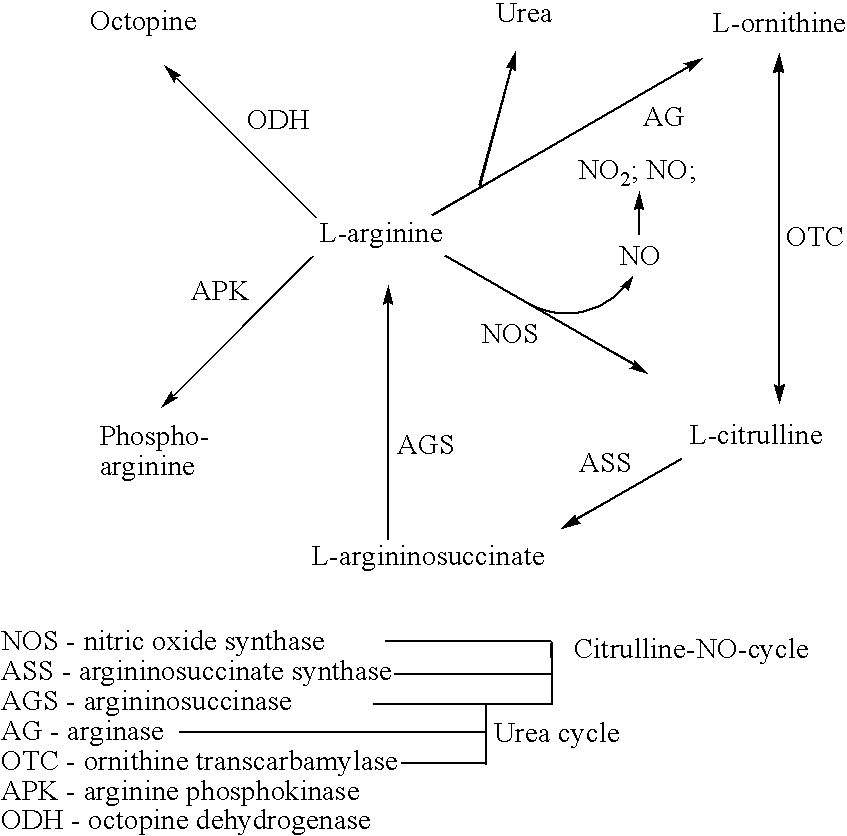Small molecule substrate based enzyme activity assays
a substrate and enzyme activity technology, applied in the field of small molecule substrate based enzyme activity assays, can solve the problem of detrimental inhibition of all kinases by compounds, and achieve the effect of quick experimentation and improved efficiency
- Summary
- Abstract
- Description
- Claims
- Application Information
AI Technical Summary
Benefits of technology
Problems solved by technology
Method used
Image
Examples
examples
[0035] One Enzyme and Multiple Substrates (m=1 and n≧2)
[0036] Most enzyme are highly specific both in the nature of the natural substrates which they utilize and also in the reaction they catalyze. However, many enzymes may be used with a variety of artificial substrates when assaying for their activity in HTS application. For these enzymes and enzymes of less natural specificity this method would be advantageous. Examples of such enzymes include kinases, proteases, phosphatases and esterases which are typically assayed with small artificial peptides.
[0037] Among the advantages of such a multiple substrates approach over separate assays in multiple wells is that all reactions are carried out in the same well with the same concentration of enzyme. Therefore, well-to-well variation is reduced or eliminated, and measurement is not clouded by variation in the enzyme concentration or incubation as it would be if done in separate wells. Also, the experimental data regarding a test compo...
PUM
| Property | Measurement | Unit |
|---|---|---|
| length | aaaaa | aaaaa |
| capillary length | aaaaa | aaaaa |
| pH | aaaaa | aaaaa |
Abstract
Description
Claims
Application Information
 Login to View More
Login to View More - R&D
- Intellectual Property
- Life Sciences
- Materials
- Tech Scout
- Unparalleled Data Quality
- Higher Quality Content
- 60% Fewer Hallucinations
Browse by: Latest US Patents, China's latest patents, Technical Efficacy Thesaurus, Application Domain, Technology Topic, Popular Technical Reports.
© 2025 PatSnap. All rights reserved.Legal|Privacy policy|Modern Slavery Act Transparency Statement|Sitemap|About US| Contact US: help@patsnap.com


